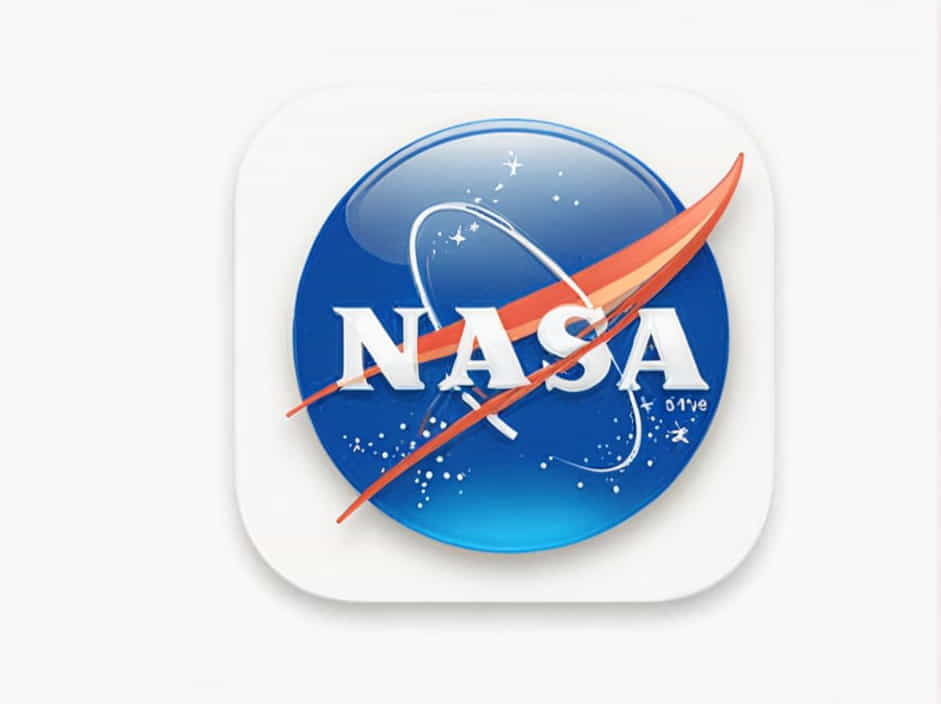NASA is one of the most well-known organizations in the world, responsible for space exploration, scientific discoveries, and groundbreaking technology. But what does NASA stand for? How did it start, and what is its role today? This topic will answer these questions and provide insight into NASA’s missions and contributions to space exploration.
What Does NASA Stand For?
NASA stands for National Aeronautics and Space Administration. It is a U.S. government agency responsible for civilian space programs, aeronautics research, and scientific advancements in space exploration.
History of NASA
The Formation of NASA
NASA was officially established on July 29, 1958, by the National Aeronautics and Space Act, signed into law by President Dwight D. Eisenhower. The agency became operational on October 1, 1958, as a response to the Soviet Union’s launch of Sputnik 1, the world’s first artificial satellite, in 1957. The U.S. recognized the need to advance its space capabilities and formed NASA to lead its space exploration efforts.
NASA’s Early Missions
NASA’s first major program was Project Mercury, which aimed to send the first American astronauts into space. This was followed by Project Gemini, which tested new technologies needed for lunar missions.
The Apollo Program and the Moon Landing
One of NASA’s most famous achievements was the Apollo Program, which led to the first human landing on the Moon. On July 20, 1969, Apollo 11 astronauts Neil Armstrong and Buzz Aldrin became the first humans to walk on the Moon, while Michael Collins remained in lunar orbit. Armstrong’s famous words, “That’s one small step for man, one giant leap for mankind,” became an iconic moment in history.
NASA’s Role in Space Exploration
Human Spaceflight Programs
NASA has led multiple human spaceflight missions, including:
- Skylab (1973-1979): The first U.S. space station.
- Space Shuttle Program (1981-2011): Reusable spacecraft that transported astronauts and cargo to space.
- International Space Station (ISS) (1998-present): A multinational project where astronauts live and conduct scientific research.
- Artemis Program (2020s-present): NASA’s mission to return humans to the Moon and prepare for Mars exploration.
Robotic Space Missions
NASA also conducts robotic missions to explore the solar system and beyond. Some of its most significant missions include:
- Voyager 1 & 2 (1977-present): The first spacecraft to travel beyond our solar system.
- Hubble Space Telescope (1990-present): Provides stunning images of distant galaxies and deep space.
- Mars Rovers (2003-present): Spirit, Opportunity, Curiosity, and Perseverance have explored Mars’ surface.
- James Webb Space Telescope (2021-present): The most powerful space telescope, designed to study the origins of the universe.
NASA’s Contributions to Science and Technology
Satellite Technology and Earth Observation
NASA has launched numerous satellites to monitor climate change, weather patterns, and environmental changes. Satellites like Landsat and GOES help scientists track hurricanes, wildfires, and deforestation.
Aerospace Innovation
NASA researches aeronautics to improve aircraft safety, fuel efficiency, and noise reduction. Many modern aviation technologies have origins in NASA’s aeronautics research.
Space Medicine and Human Health
NASA studies how space travel affects the human body. This research benefits astronauts and contributes to medical advancements on Earth, including telemedicine and robotic surgery.
Future of NASA and Space Exploration
NASA continues to push the boundaries of space exploration with upcoming missions, including:
- Artemis Program: Returning humans to the Moon and establishing a permanent lunar base.
- Mars Exploration: Sending astronauts to Mars in the 2030s.
- Europa Clipper: A mission to explore Jupiter’s moon Europa, which may have an ocean beneath its icy surface.
- Astrobiology Research: Searching for signs of life on other planets.
NASA stands for National Aeronautics and Space Administration and plays a crucial role in space exploration, scientific discoveries, and technological advancements. From landing on the Moon to exploring Mars and beyond, NASA continues to inspire humanity and expand our understanding of the universe.
